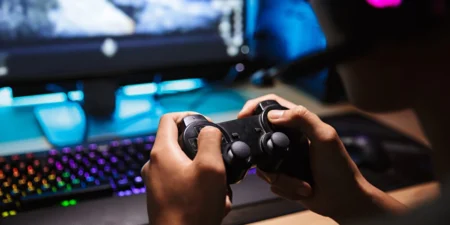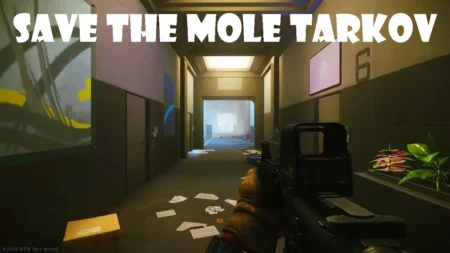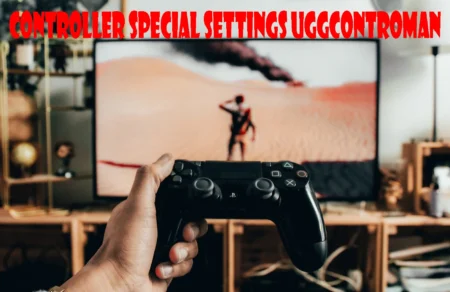Baldezinho is an exciting and culturally significant game that has captured the hearts of many in Brazil. This thrilling pastime, known for its energetic and competitive nature, is more than just a game; it’s a social phenomenon deeply embedded in Brazilian culture. Baldezinho’s popularity has grown steadily over the years, making it a beloved tradition in various communities across the country.
The History and Origins of Baldezinho
The roots of Baldezinho trace back to Brazil, where it emerged as a unique and entertaining game. While its exact origin remains a subject of debate, Balde-zinho has undoubtedly evolved over time, blending elements of soccer, volleyball, and agility into a distinct and exciting experience. This fusion of sports and fun has contributed to its enduring appeal.
Gameplay Mechanics and Rules
Baldezinho is played with a small ball that resembles a volleyball, but the primary objective is to keep the ball from touching the ground. Teams typically consist of two players on each side of the net, and the rules are simple: use any part of your body, except your arms and hands, to keep the ball in the air. The result is a fast-paced and acrobatic game that requires quick reflexes and teamwork.
Baldezinho’s Popularity in Brazil
Baldezinho has transcended mere popularity to become a cherished tradition in Brazil. It’s not uncommon to see impromptu matches taking place on beaches, parks, and streets throughout the country. Families, friends, and even strangers come together to enjoy the thrill of the game, fostering a sense of community and togetherness.
Baldezinho Tournaments and Competitions
As the love for Baldezinho has grown, so too have organized tournaments and competitions dedicated to the game. These events attract skilled players from various regions, showcasing their agility and teamwork. Balde-zinho tournaments have become a platform for friendly rivalry and the celebration of this unique Brazilian sport.
The Role of Baldezinho in Brazilian Culture
Baldezinho is more than just a game; it’s a reflection of Brazilian culture’s vibrancy and love for camaraderie. It’s a common sight at social gatherings, festivals, and gatherings, where people of all ages come together to enjoy a spirited match. The game’s social aspect fosters bonds and strengthens the sense of unity among players and spectators alike.
Innovations and Variations of Baldezinho
Baldezinho’s popularity has led to innovations and variations of the game in different parts of Brazil. Some regions have adapted the rules to create their unique versions, adding new twists and challenges. These adaptations reflect the creativity and enthusiasm that surround the game.
The Impact of Baldezinho Beyond Brazil
In recent years, Baldezinho has gained recognition and fans beyond Brazil’s borders. Enthusiasts from around the world have embraced the game, participating in international tournaments and spreading the joy of Balde-zinho to new audiences. Its universal appeal transcends language barriers, uniting people through the love of play.
Tips and Strategies for Success in Baldezinho
For those looking to excel at Baldezinho, improving one’s skills and techniques is essential. Strategies for success include teamwork, communication, agility, and mastering the art of ball control. As with any sport, practice, and dedication are key to becoming a skilled Balde-zinho player.
Baldezinho: Uniting Players and Celebrating Fun
In conclusion, Baldezinho represents the spirit of fun, unity, and cultural celebration in Brazil. It’s more than just a game; it’s a source of joy and connection among people of all backgrounds. Whether you’re a seasoned player or new to the game, Balde-zinho’s exhilarating energy and sense of community make it a cherished Brazilian tradition that continues to thrive and bring people together.
Conclusion
Baldezinho stands as a vibrant and cherished Brazilian game sensation that goes beyond mere recreation. It embodies the spirit of community, cultural celebration, and sheer fun. As we’ve explored its history, gameplay, and significance, it’s evident that Balde-zinho has left an indelible mark on Brazilian culture, bringing people together from all walks of life.
Whether played on sandy beaches, in local parks, or on the streets, the game continues to unite players and spectators through its energetic matches and infectious enthusiasm. With tournaments, adaptations, and an ever-growing global following, Balde-zinho showcases the power of a simple game to create bonds and celebrate the joy of play, both in Brazil and beyond its borders. So, grab a ball, find a net, and experience the thrill of Balde-zinho for yourself – it’s a game that embodies the very essence of fun and togetherness.
FAQs Baldezinho
Q1: Can anyone play Balde-zinho, or is it for skilled players only?
A1: Balde-zinho is a game for everyone! While skilled players can perform impressive maneuvers, it’s an accessible and enjoyable game for people of all skill levels. You can learn and have fun with friends and family, regardless of your experience.
Q2: Are there official Balde-zinho rules and regulations for tournaments?
A2: Balde-zinho tournaments often have specific rules and regulations, but informal matches typically follow the basic rules of keeping the ball off the ground without using hands or arms. Tournament rules may vary, so it’s essential to familiarize yourself with the specific guidelines if you’re participating in a competition.
Q3: What equipment do I need to play Balde-zinho?
A3: Playing Balde-zinho requires a lightweight ball similar to a volleyball, a net, and an open space. You don’t need elaborate equipment, making it an accessible game for anyone with access to a ball and a bit of space.
Q4: Where can I find Balde-zinho tournaments or communities to join?
A4: Balde-zinho communities and tournaments can often be found in coastal areas, parks, and recreational spaces in Brazil. Online platforms and social media can also help you connect with local players and events in your area.
Q5: Is Balde-zinho a physically demanding game?
A5: Balde-zinho can be physically demanding due to its fast-paced nature and acrobatic movements. However, the level of physical exertion can vary depending on the intensity of the match and your personal playing style.






